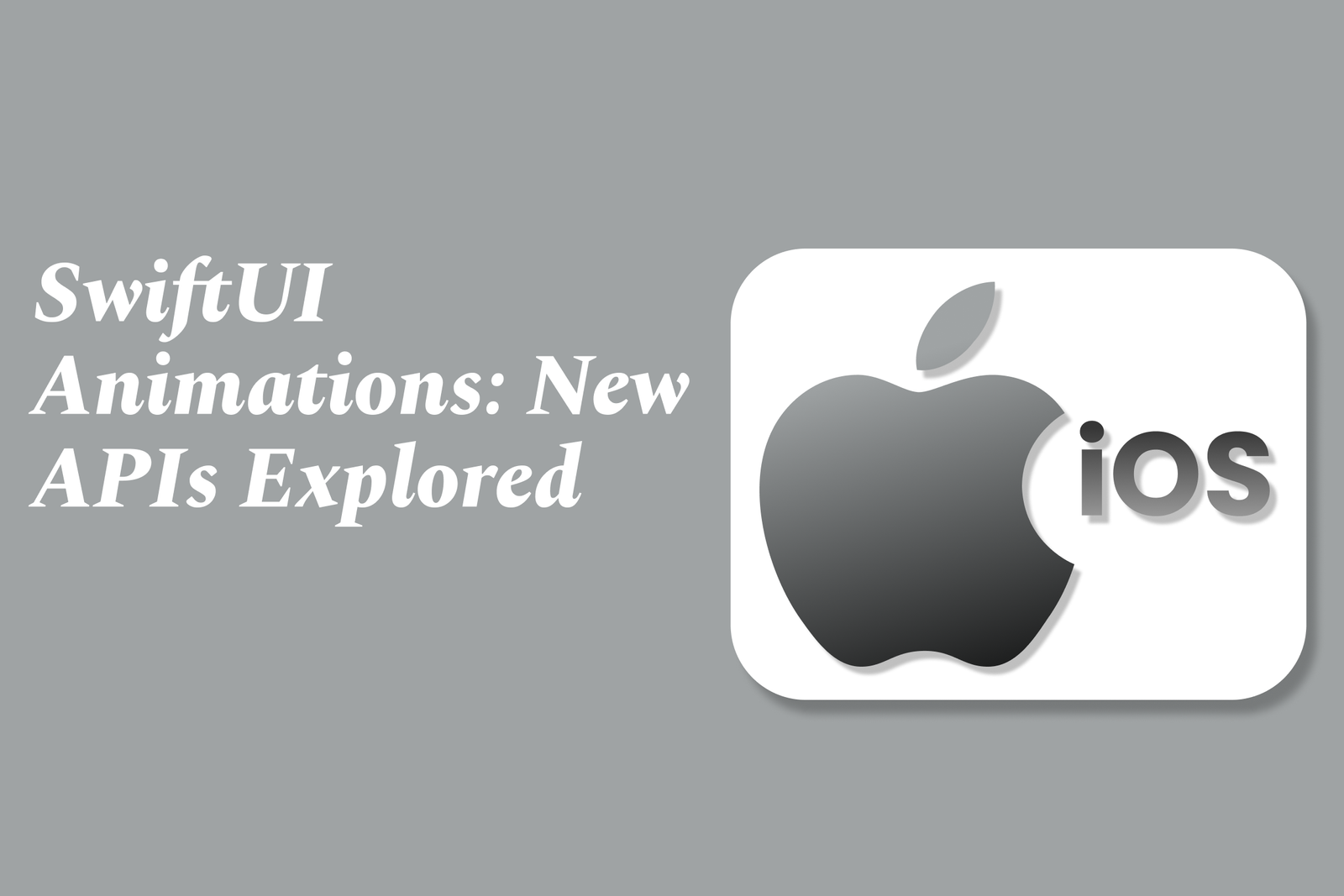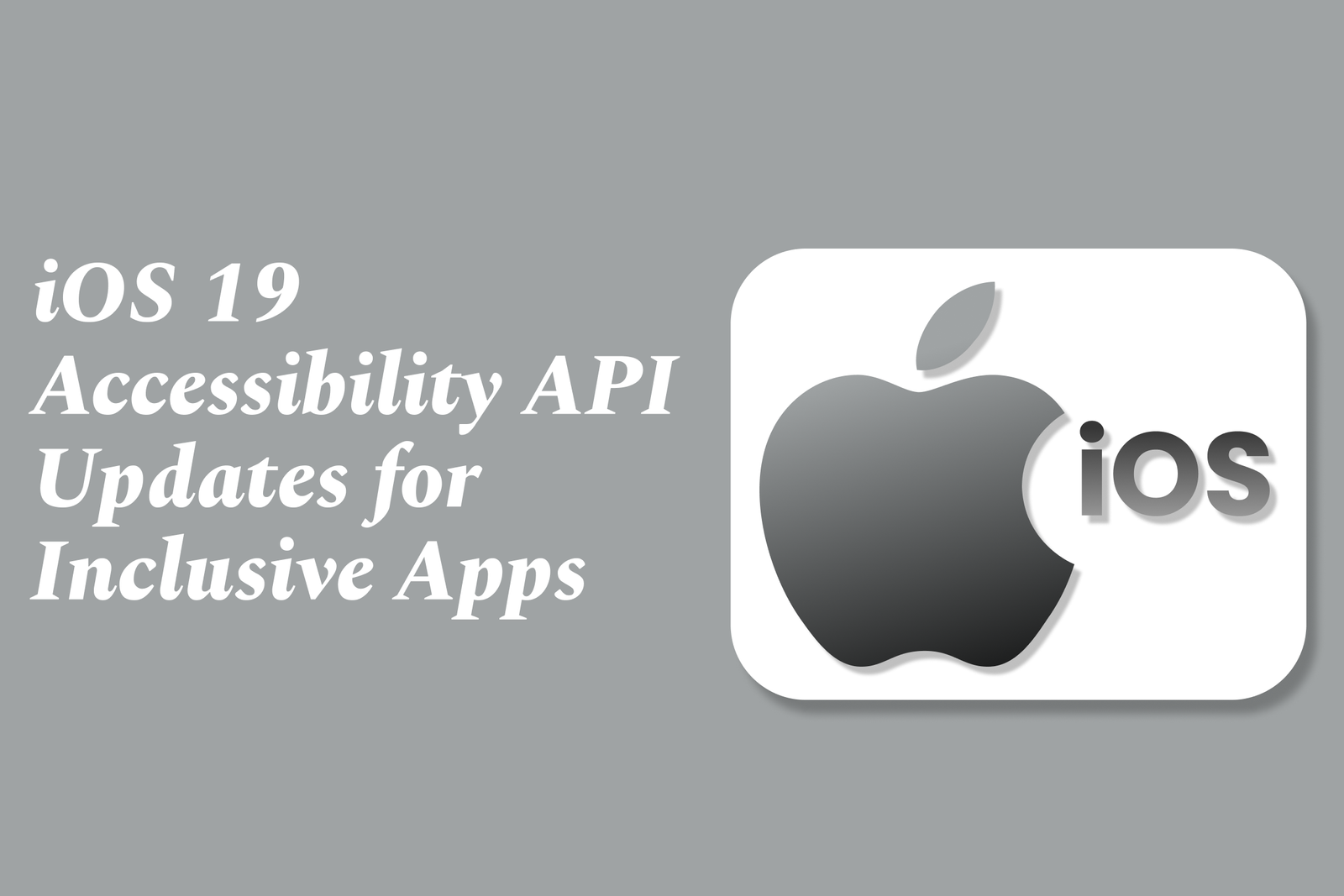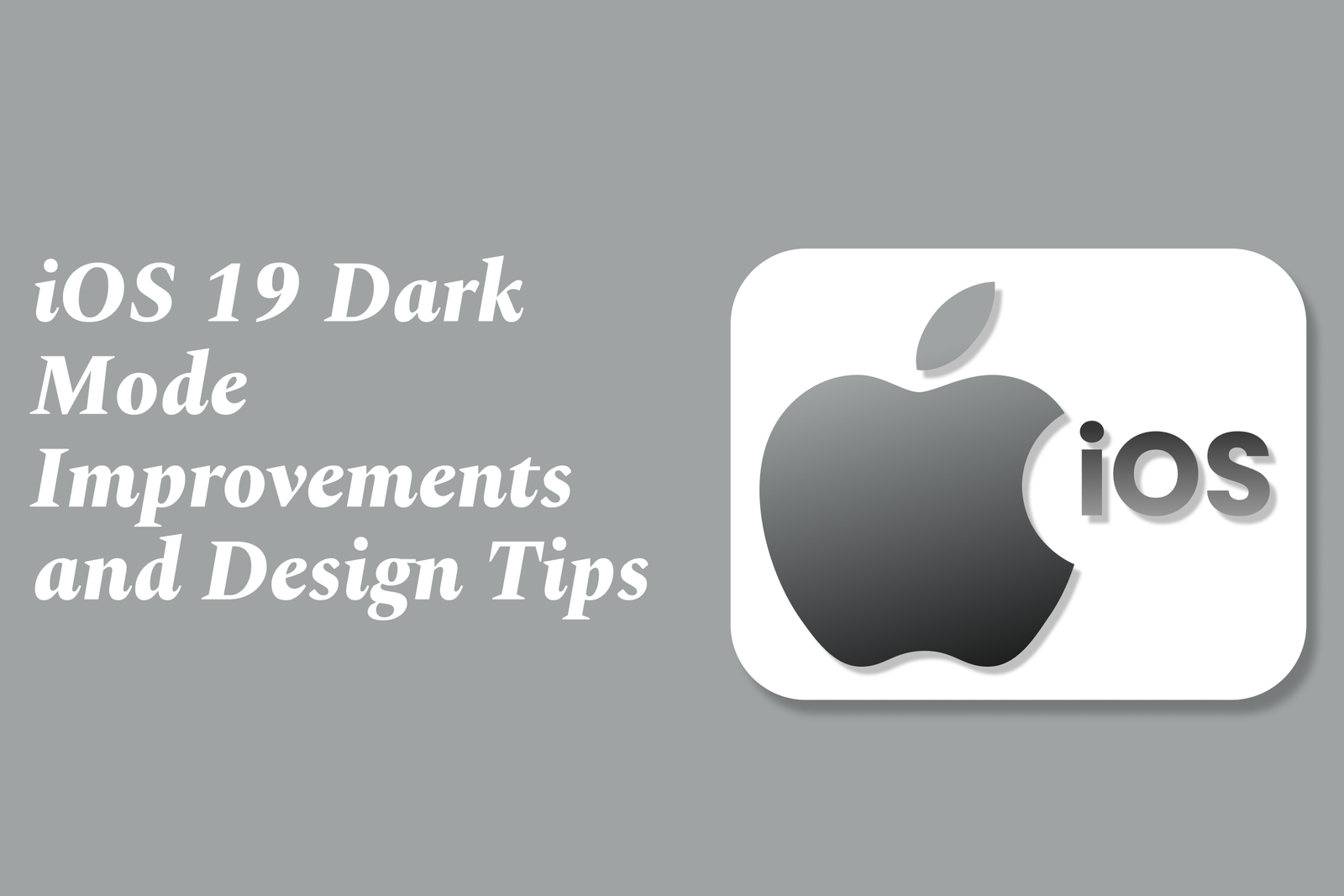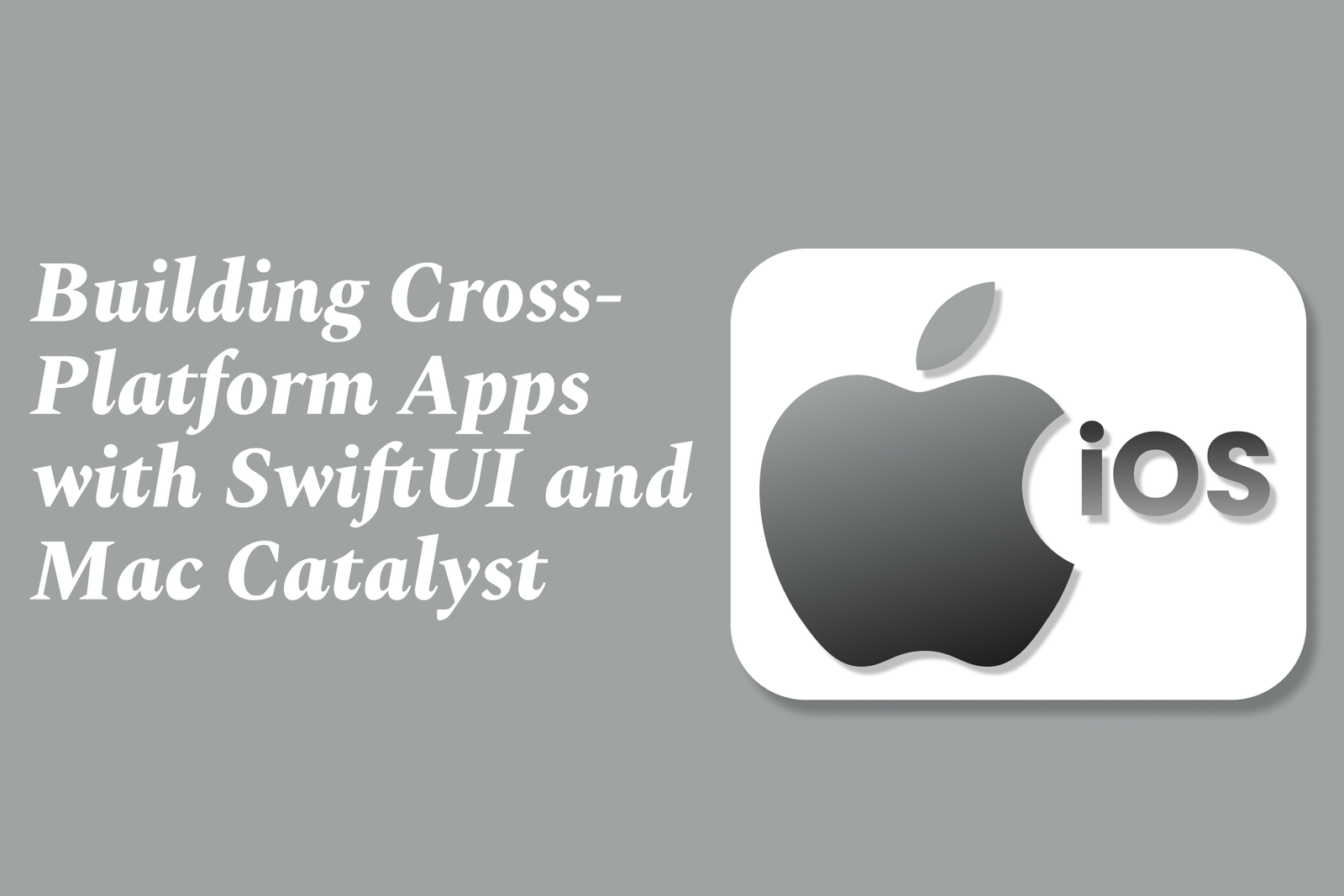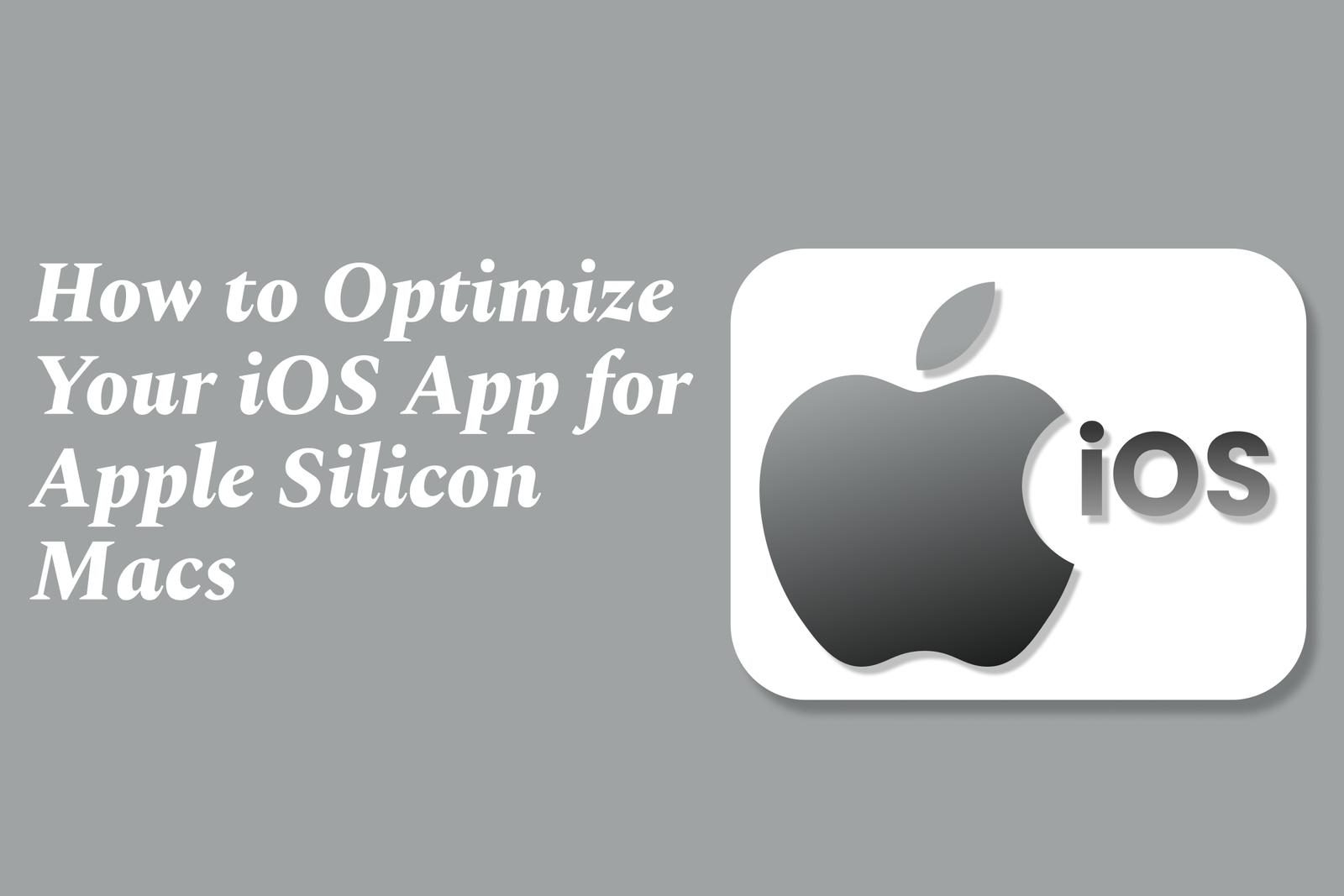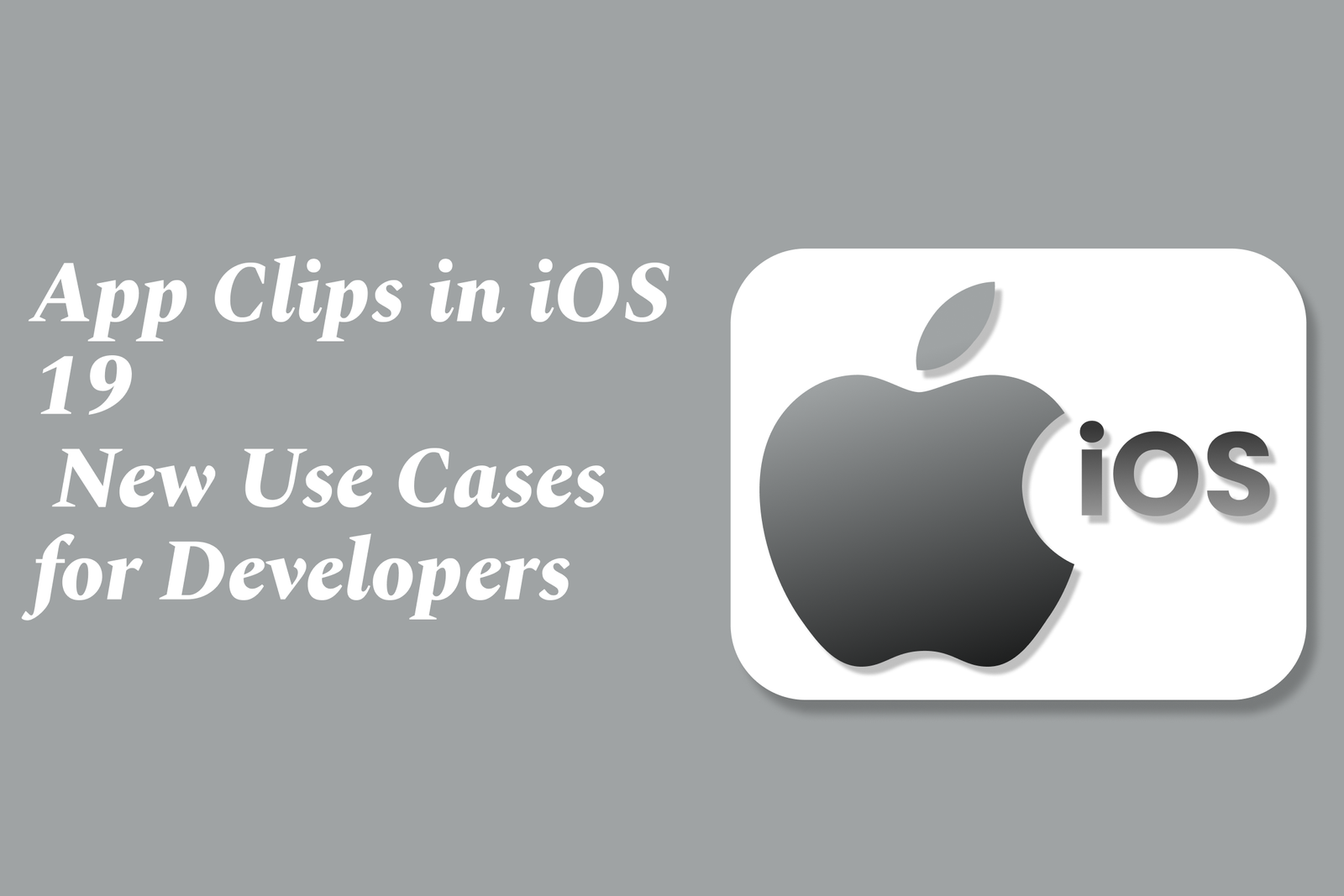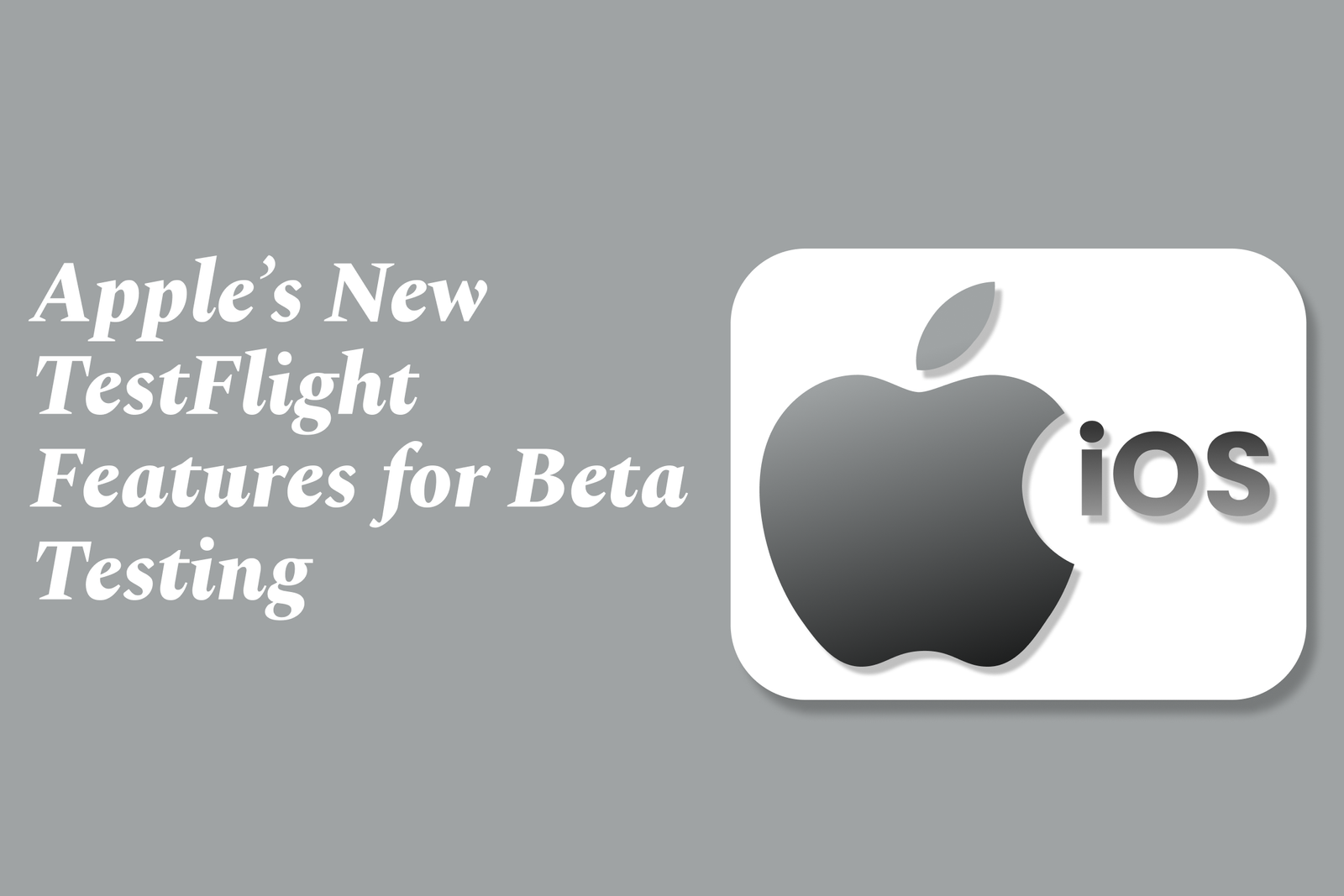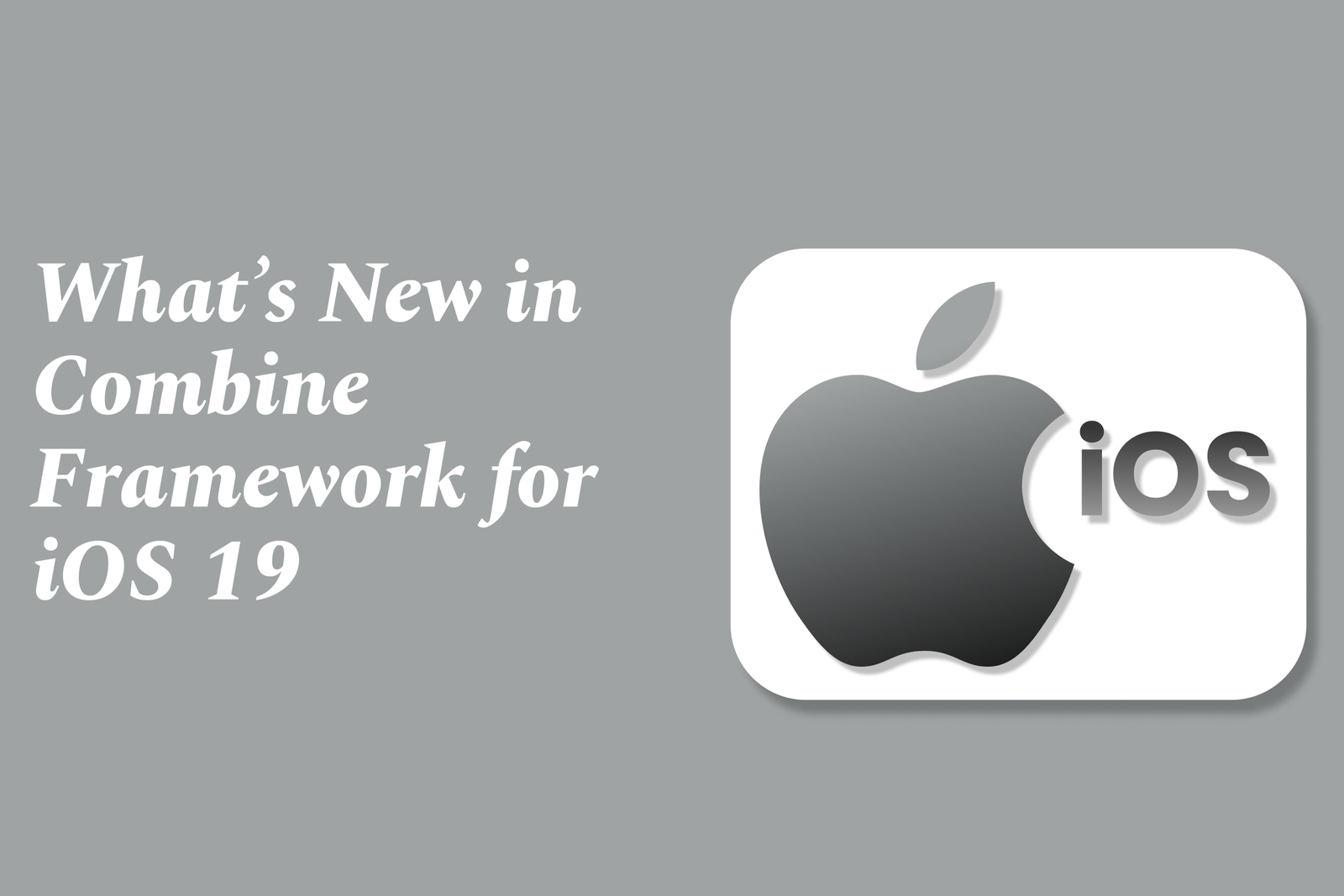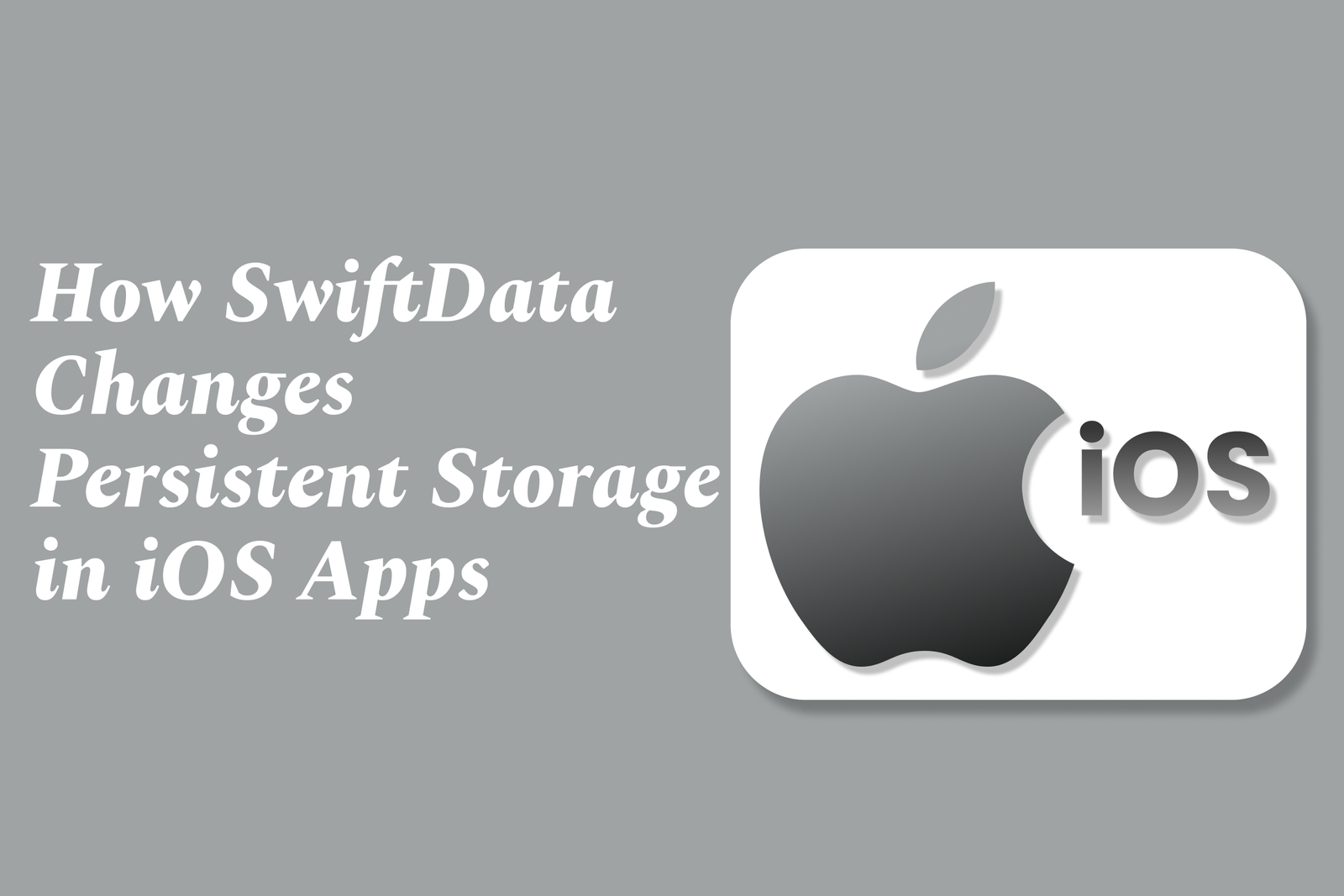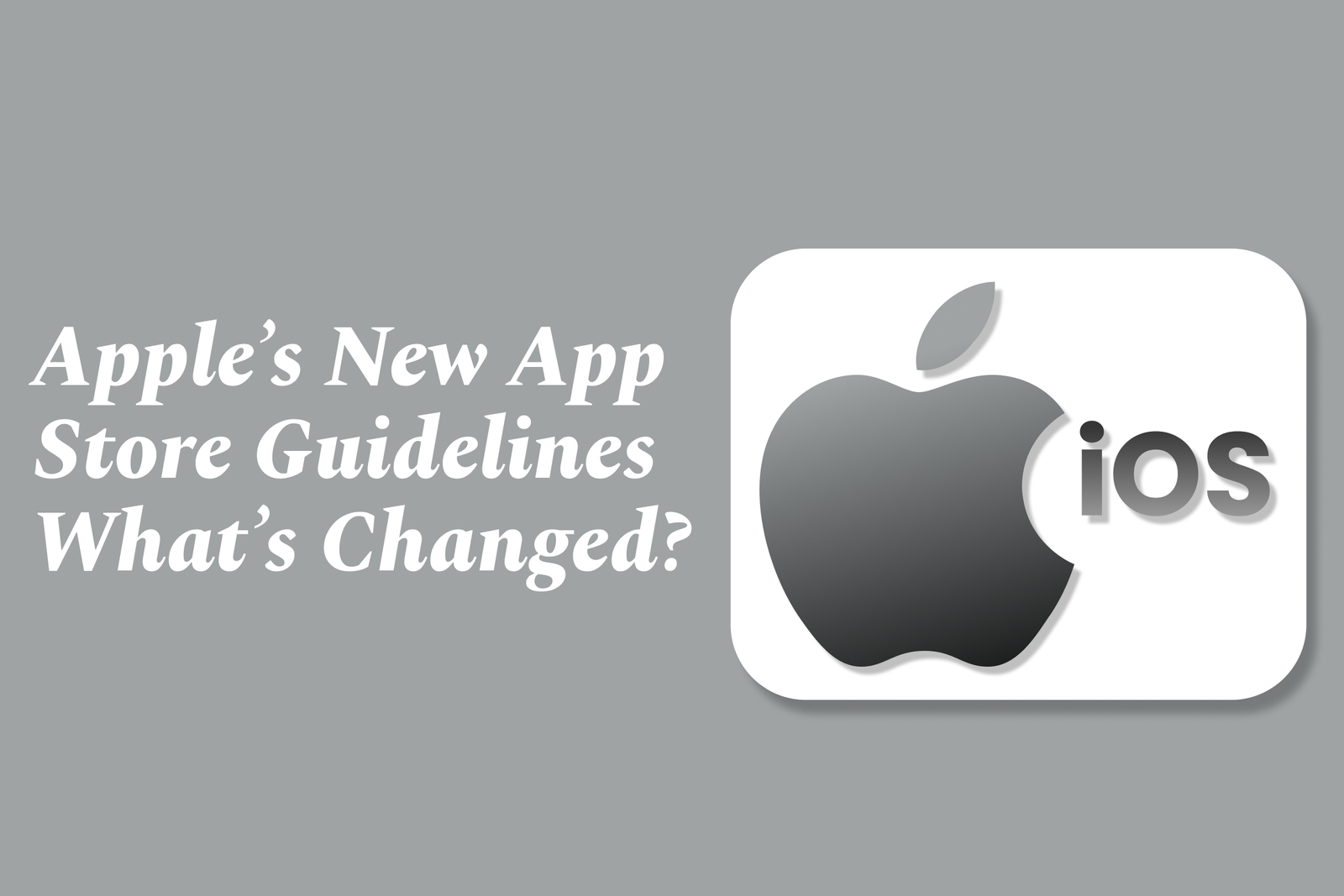Android Automotive OS Latest Developments
Android Automotive OS is an Android-based platform integrated into vehicles for infotainment and vehicle controls. Latest developments include multi-screen support, expanded app ecosystem, growing OEM adoption, and the upcoming Gemini AI for advanced voice interaction and smarter in-car experiences.
Android automotive OS latest developments
1 ) Industry Adoption and Market Overview
In 2024, most car manufacturers are transitioning to Android Automotive OS (AAOS), with few exceptions such as Tesla (using Linux) and Mercedes (Linux platform with Android apps).
Some Chinese brands use standard Android but not specifically AAOS.
The majority of OEMs either have or plan to have AAOS based infotainment systems.
2 ) Google Automotive Services (GAS) vs Non GAS Options
GAS includes Google Maps, Google Play Store, and Google Assistant, requiring commercial agreements and adherence to Google's technical and testing requirements.
Brands currently using GAS include Volvo, Polestar, Renault, Ford (Lincoln), GM, Nissan, Honda, and Porsche (future plans).
GAS advantages: access to popular navigation, apps, and voice services. Disadvantages: higher cost, dependency on Google, regulatory scrutiny (antitrust investigations in Germany), and limited customization.
Non GAS carmakers use third party navigation (Mapbox, TomTom, HERE), voice assistants (Alexa), and app stores (Faurecia Aptoide), offering greater flexibility and market adaptability. Brands using non GAS include Stellantis, BMW, MINI, Dacia, Lucid, Rivian, Lotus, and Lynk & Co.
Google still imposes some requirements even on non GAS systems (e.g., mandatory notification center).
3 ) Android 14 and Multi Screen Support
Android 14 AAOS introduces multi screen support, enabling seamless shared and individual entertainment experiences across multiple vehicle displays.
This feature allows front passengers to control rear screens and contributes to a more integrated infotainment experience.
Adoption may lag behind Android releases due to carmakers often using older versions.
4 ) Expanding App Ecosystem and Developer Opportunities
Over 50 vehicle models now support Android Automotive OS with Google built in and have nearly 300 apps available on the Play Store optimized for safe driving and parked entertainment.
Android Auto compatibility has expanded to nearly all new vehicles, with about 250 million compatible cars worldwide.
Google encourages developers through quality tiers (Car ready, Car optimized, Car differentiated) that enable apps to run in parked mode or while driving, with richer experiences using different vehicle screens.
5 ) Introduction of Gemini AI for Cars
Google is introducing Gemini, an advanced AI system, to cars.
Gemini empowers natural voice conversations and multitasking, enhancing driver safety and convenience by allowing drivers to interact using natural language—for example, navigating to locations mentioned in emails or reporting traffic incidents by voice.
Navigation apps can integrate with Gemini through specific intent formats for navigation, search results, and custom actions.
Gemini is set to roll out in the coming months, opening new frontiers for AI driven in car experiences.
6 ) Developer Tools and Resources
Google has released new tools such as the Car App Templates Design Kit and Car App Library improvements to facilitate app development for cars.
The Weather app category has graduated from beta, allowing developers to publish production ready weather apps for cars.
The Car Ready Mobile Apps program helps bring mobile apps to cars with minimal effort, supporting apps that engage users safely while driving or parked.
Summary:
The Android Automotive OS ecosystem in 2024–2025 is rapidly evolving with wide OEM adoption, a split between Google Automotive Services and independent approaches, enhanced multi screen capabilities in Android 14, growing app availability, and the anticipated introduction of Google's Gemini AI for safer, smarter voice interactions. Google continues to invest in developer tools and programs to accelerate innovation in automotive digital experiences.
https://justacademy.in/news-detail/android-system-ui-refresh-news
https://justacademy.in/news-detail/flutter-lts-release:-what-it-means
https://justacademy.in/news-detail/flutter-in-electric-vehicle-apps
https://justacademy.in/news-detail/flutter-forward-2025-recap
https://justacademy.in/news-detail/flutter-developer-roadmap-after-2025
Related Posts
SwiftUI’s new animation APIs enhance flexibility and control, enabling developers to create smoother, more complex animations with improved timing, transitions, and cross-platform support. These updates simplify building dynamic, engaging UIs across Apple’s ecosystem.
iOS 19 Accessibility API updates enhance app inclusivity by offering improved VoiceOver support, advanced gesture recognition, adaptive UI elements, and better integration with assistive devices, enabling developers to create more accessible, user-friendly experiences for everyone.
iOS 19 enhances Dark Mode with deeper blacks, smoother visuals, and improved system consistency. Designers should focus on balanced contrast, readable typography, subtle colors, and seamless Light/Dark transitions to create comfortable, accessible, and visually appealing dark-themed interfaces.
Building cross-platform apps with SwiftUI and Mac Catalyst lets developers create a single codebase that runs seamlessly on iOS, iPadOS, and macOS, combining SwiftUI’s unified UI framework with Mac Catalyst’s ability to bring iPad apps to the Mac efficiently.
Optimizing your iOS app for Apple Silicon Macs involves ensuring native compatibility, adapting the UI for larger screens and input methods, enhancing performance using ARM architecture, leveraging macOS-specific features, and thorough testing to deliver a seamless app experience on Apple’s desktop hardware.
App Clips in iOS 19 are lightweight app modules that launch instantly without full installation, enabling developers to offer quick, context-driven experiences like seamless ordering, payments, and check-ins, enhancing user engagement and boosting app discovery in new real-world scenarios.
Apple’s new TestFlight features simplify beta testing across all Apple devices, enabling developers to easily distribute apps, games, and App Clips to testers without complex setup, supporting automatic updates, device requirements, and broad language options for seamless testing.
iOS 19’s Combine framework update introduces enhanced async handling, improved publisher types, and better integration with SwiftUI, streamlining reactive programming for smoother, more efficient event-driven app development and simplifying asynchronous data flow management.
SwiftData modernizes persistent storage in iOS apps by offering a simpler, Swift-native framework that integrates seamlessly with SwiftUI, reducing boilerplate code and improving data management with declarative syntax, streamlined relationships, and built-in support for cloud syncing.
Apple’s updated App Store Guidelines introduce more detailed age ratings, support alternative app distribution in the EU, and enhance TestFlight beta testing with broader device support and extended testing periods—strengthening app safety, compliance, and developer flexibility.

